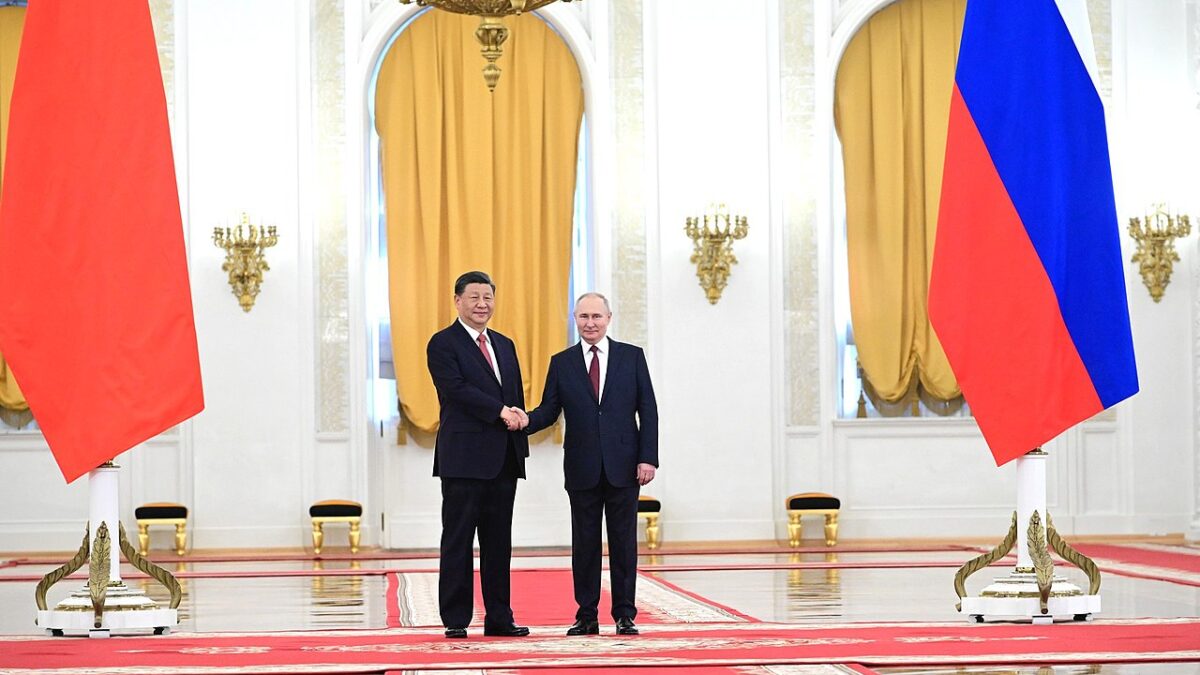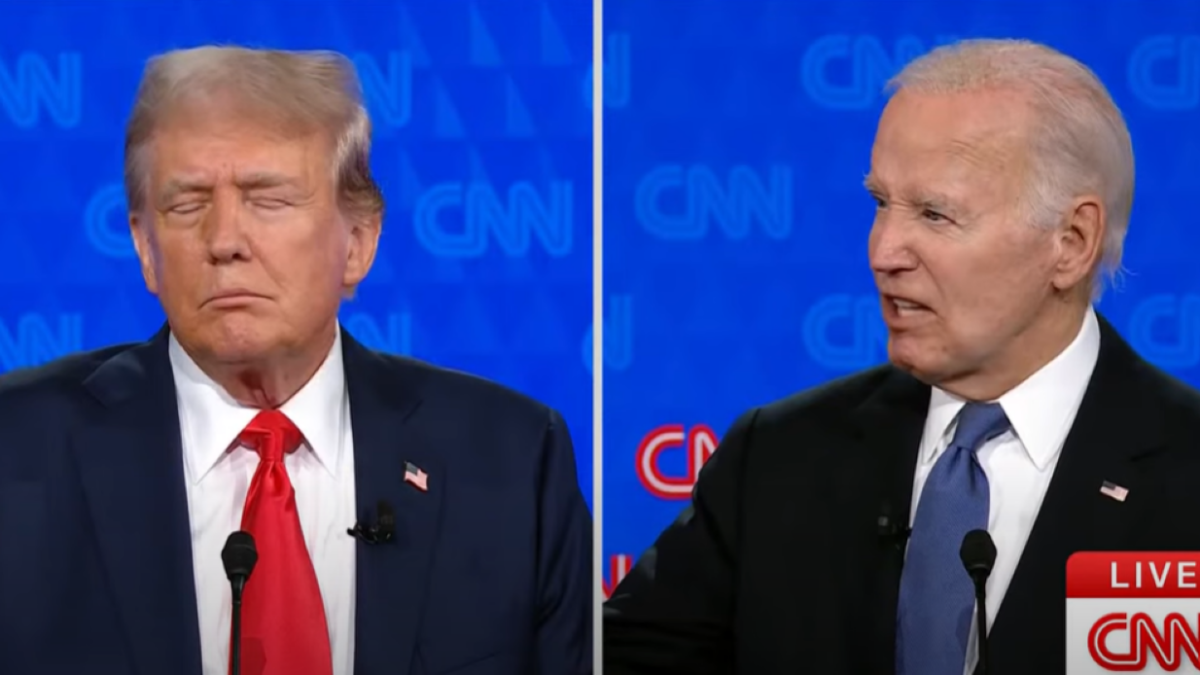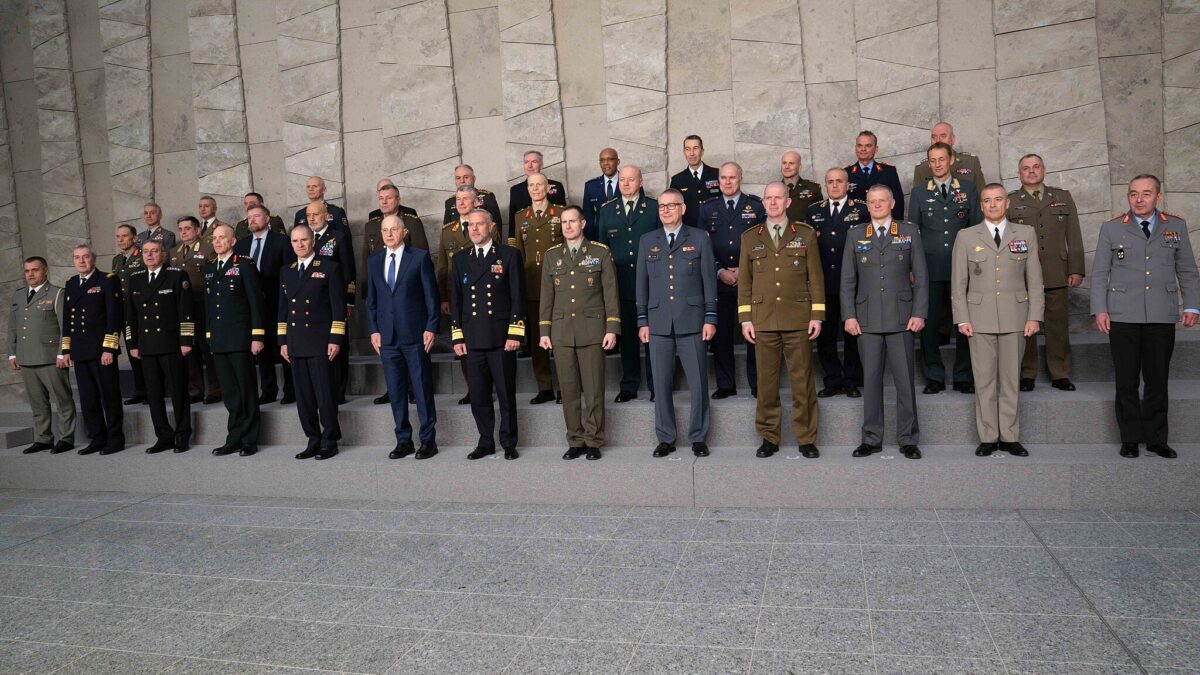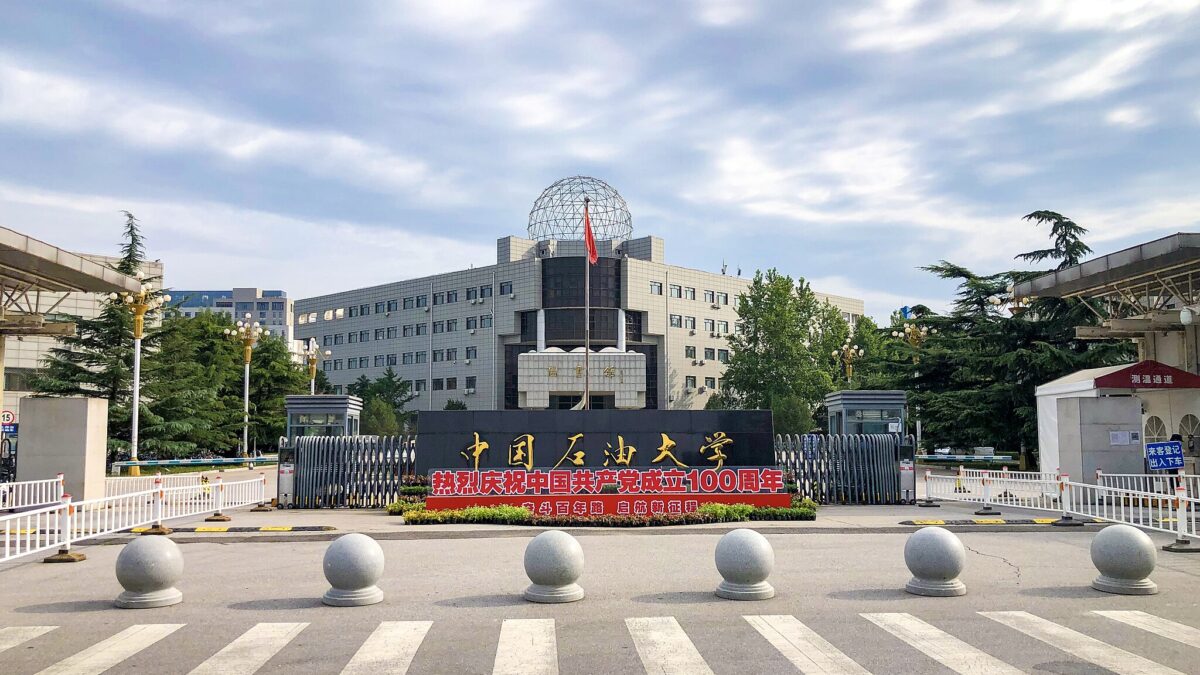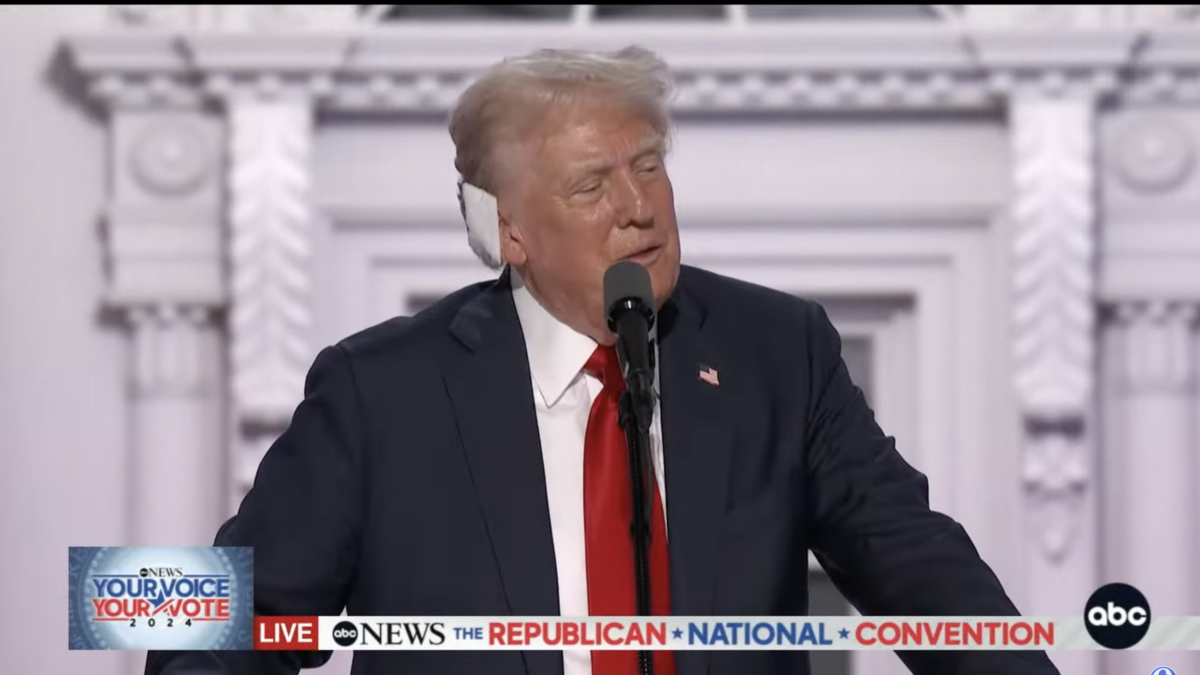President Trump claims he would end the Russia-Ukraine war in 24 hours but refuses to say how. Ron DeSantis’ position is unclear, and other GOP candidates support continued U.S. involvement in Ukraine without specifying clear limits on engagement. If elected president, I will end the war by ceasing further U.S. support for Ukraine and negotiating a peace treaty with Russia that achieves a vital U.S. security objective: ceasing Russia’s growing military alliance with China. This strategy is the mirror image of President Nixon’s diplomatic maneuver that distanced China from Russia in 1972 — except this time, Putin is the new Mao.
In 2001, Russia and China entered their Treaty of Good-Neighborliness and Friendly Cooperation, and in February 2022 Russian President Vladimir Putin and Chinese President Xi Jinping announced a more expansive “no-limits partnership.” Collectively, these agreements effectively commit each country to defend the other militarily if either is attacked.
The Sino-Russia alliance presents the greatest military risk the U.S. has ever faced. Russia and China together outmatch the U.S. in every area of great power competition: geographic footprint, economic potential, industrial manufacturing might, conventional military power, and nuclear weapons, including super-Electromagnetic Pulse (EMP) weapons, which could destroy critical U.S. infrastructure resulting in hundreds of millions of American civilian casualties.
Beijing’s alliance with Russia provides China with sufficient strategic depth to chance direct conflict with the U.S. in the context of Taiwan, on the credible belief that the U.S. would not dare risk a simultaneous war with two allied nuclear superpowers. Russia is armed with the largest nuclear stockpile in the world and supersonic ballistic missiles well ahead of U.S. capabilities. But in the absence of Russia’s support, China would have to think twice before risking war with the U.S. over Taiwan.
President Biden’s ongoing support for Ukraine is pushing Russia into a closer military alliance with China, which increases the risk of nuclear war: Russia has nuclear capabilities in Poland-adjacent Kaliningrad and soon in Belarus too, and China is bound by treaty to back Russia. My top U.S. national security objective is to disrupt this Sino-Russian alliance in a manner that weakens China without war.
Specifically, the U.S. can offer a Korean War-style armistice agreement that codifies the current lines of control, which would cede most of the Donbas region to Russia. The agreement would suspend any further U.S. military assistance to Ukraine and a permanent moratorium on Ukraine joining NATO. Further, the U.S. and Western NATO countries would end the Western sanctions regime against Russia, restore normal diplomatic relations with Russia with mutual security commitments, withdraw all troops from Ukraine, and close all their bases in Eastern Europe — returning to the reality that existed before the July 2016 Warsaw Summit. These concessions to Russia are significant.
In return, Russia would completely exit its military alliance with China, ending the 2001 Treaty of Good-Neighborliness and Friendly Cooperation and the 2022 no-limits partnership. Russia would permanently suspend all military-technical cooperation and joint military exercises with China. Russia would agree to re-enter the pre-2023 New Start nuclear non-proliferation treaty with the U.S. that Russia abandoned earlier this year in the context of the Ukraine war. In addition, Russia would withdraw all nuclear weapons and delivery capabilities from Belarus, Kaliningrad, and all Russian-annexed regions of Ukraine, as well as all military forces from Cuba, Venezuela, and Nicaragua — effectively eliminating Russia’s nuclear threat to the U.S. and Europe.
The U.S. would continue its security commitment to NATO while accepting Russia into the security infrastructure of Europe, reducing future catalysts that Russia could use as pretexts to invade its neighbors. This strategy trades the current bilateral international order — which strongly favors China — for a new trilateral international order in which none of the three nuclear superpowers are allied together, liberating the U.S. and its allies to focus on deterring Chinese aggression.
The U.S. should pre-specify that if Putin reneges and restarts Russia’s military cooperation with China, the U.S. will immediately support admitting Ukraine to NATO and reinstate all economic sanctions against Russia. This would leave Russia in an even weaker position than prior to the Ukraine war. Putin will also have less reason to renege because he would be less dependent on China if the West restores economic relations with Russia.
Russia hawks argue that Putin does not want peace. Facts suggest otherwise. In March 2022, the terms Russia offered were sufficiently reasonable for Ukraine to reach a tentative peace agreement with Moscow for Russian troops to withdraw from the vast majority of Ukraine’s territory, before former British Prime Minister Boris Johnson pressured Ukraine to abandon it. Putin’s apparent willingness last year to negotiate a peace agreement that addresses Russia’s security concerns suggests he is open to a deal and provides the U.S. with negotiating leverage to bring him back to the table.
It’s true that Ukraine gave up its nuclear capabilities in exchange for security guarantees from the United States and the U.K. in the 1994 Budapest Memorandum, and Ukrainian President Volodymyr Zelensky may accuse the U.S. of reneging on its prior commitments. In reality, the Budapest Memorandum merely reaffirmed the commitments of the U.S., the U.K., and Russia to “respect the Independence and Sovereignty and the existing borders of Ukraine.”
The U.S. has more than fulfilled this promise. Since 1994, the U.S. has armed and trained Ukraine. In the current war against Russia, the U.S. has already provided nearly $200 billion in military aid to Ukraine — nearly 20 times more than Ukraine’s own annual military budget and approximately equal to Ukraine’s entire GDP — which helped Ukraine successfully fight the Russian invasion to a standstill.
With China’s growing military support of Russia in the war, Ukraine will not defeat Russia militarily in the absence of extraordinary U.S. intervention. Such intervention would badly deplete U.S. military resources needed for land conflict in Taiwan, which may itself be China’s objective in backing Russia. Under my peace plan, Ukraine will still emerge with its sovereignty intact and Russia permanently diminished as a foe. Ukraine’s best path to preserving its own security is to accept a U.S.-negotiated agreement backstopped by Russian commitments to the U.S.
Opponents of U.S. engagement in Ukraine should embrace the possibility that we can accomplish more than just saving money by ending the war. We can also achieve the most vital U.S. security objective of the 21st century: deterring Chinese aggression.
